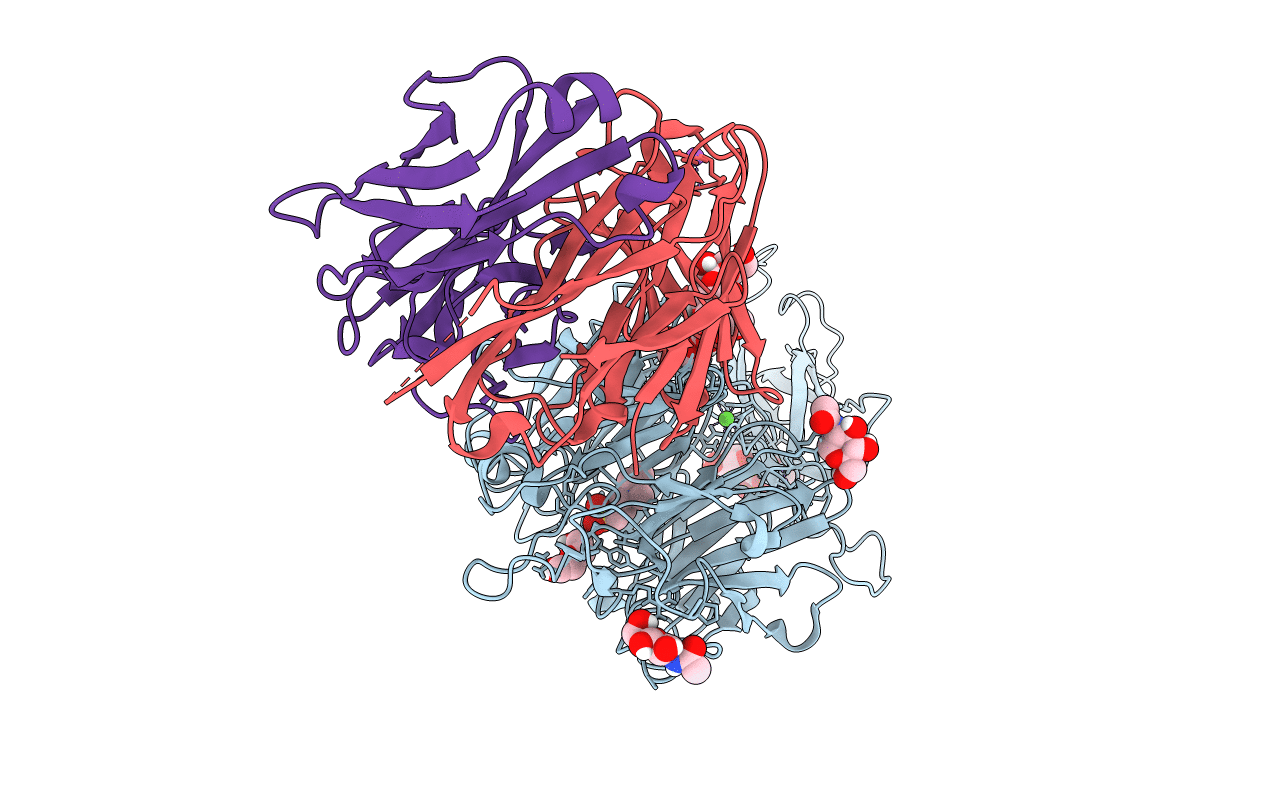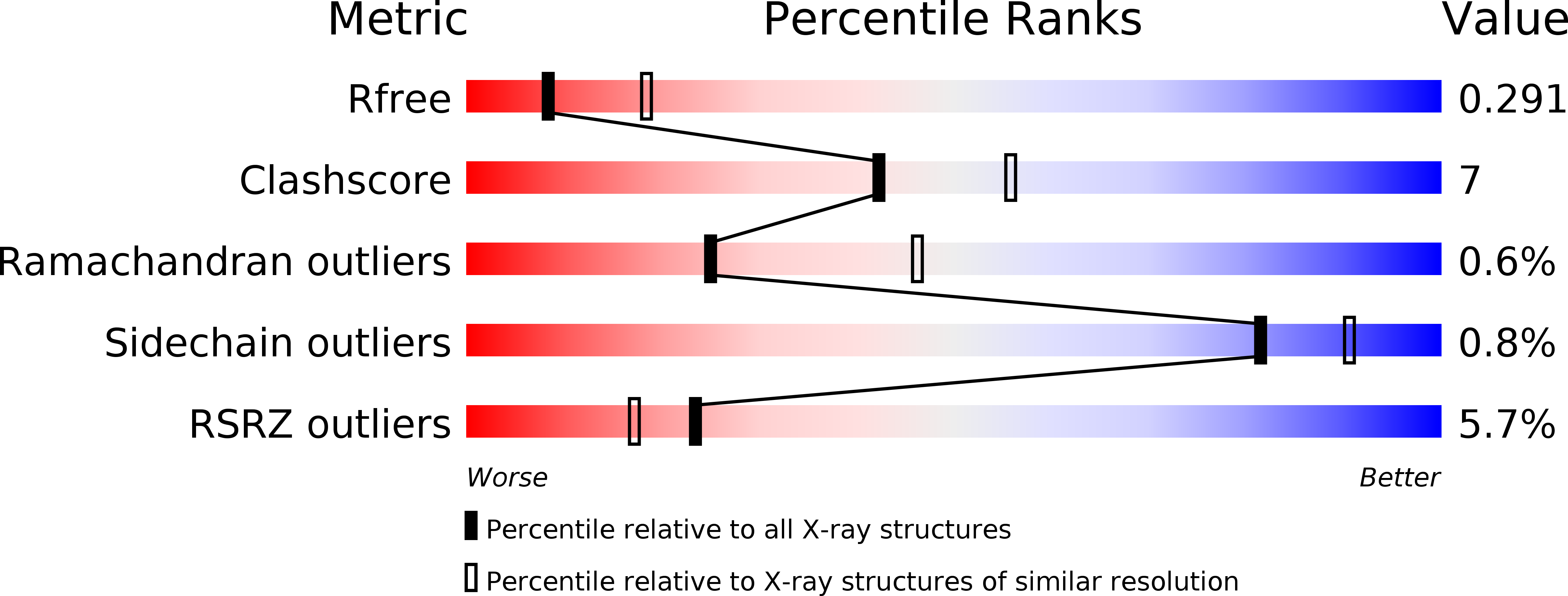
Deposition Date
2013-01-15
Release Date
2013-09-25
Last Version Date
2024-10-30
Entry Detail
PDB ID:
4IRZ
Keywords:
Title:
Crystal structure of A4b7 headpiece complexed with Fab Natalizumab
Biological Source:
Source Organism:
Oryctolagus cuniculus (Taxon ID: 9986)
Homo sapiens (Taxon ID: 9606)
Homo sapiens (Taxon ID: 9606)
Host Organism:
Method Details:
Experimental Method:
Resolution:
2.84 Å
R-Value Free:
0.28
R-Value Work:
0.23
R-Value Observed:
0.23
Space Group:
P 21 21 21


